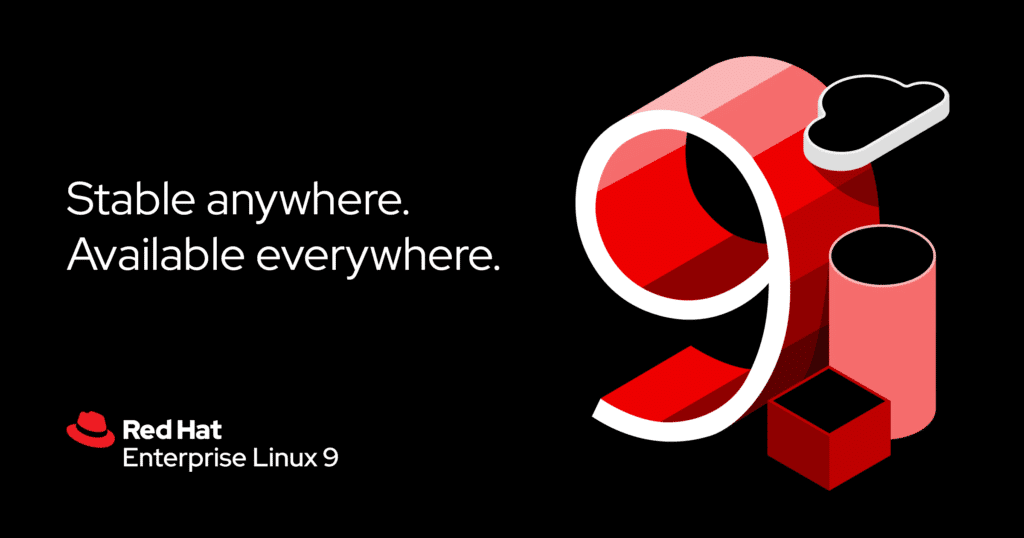Red Hat, Inc., a global leader in open source solutions, has announced the general availability of Red Hat Enterprise Linux 9.5, the latest version of its enterprise Linux platform. This release comes with enhancements aimed at optimizing application deployment and workload management in hybrid cloud environments while strengthening security and reducing system complexity.
According to Red Hat, this new version addresses the growing technological challenges faced by companies, such as the rise of artificial intelligence (AI) and edge computing, offering a more robust and secure platform that facilitates innovation implementation.
Enhanced Security and Compliance
Red Hat Enterprise Linux 9.5 features improvements in security capabilities, such as expanded support for confidential computing, which protects data from internal threats and enables companies to analyze large volumes of information without compromising privacy. This functionality is especially useful in AI applications where processing sensitive data requires a high level of protection.
In addition, Red Hat has introduced new “system roles” based on Ansible, which allows for the automation of administrative tasks and consistent application of configurations. Among the new roles is one dedicated to configuring sudo, the command that grants temporary administrative permissions to specific users, helping organizations securely and automatically manage access privileges.
Red Hat Satellite 6.16: Efficiency in Content Management
The 6.16 version of Red Hat Satellite, also launched in this update, optimizes content management in enterprise environments. The new version allows the installation of Satellite Server on Red Hat Enterprise Linux 9, which expands the operating system’s compatibility and enhances security and regulatory compliance.
This update introduces “container push” functionality for container-based workflows, allowing organizations to store their containers locally and securely. It also implements more efficient content synchronization that reduces bandwidth usage and overhead time, optimizing the interaction between Satellite and content storage capsules.
Automation to Reduce Complexity
Version 9.5 continues Red Hat’s focus on simplifying system administration through automation. This update incorporates improvements to the web console, where administrators can now perform file management tasks, such as file system navigation, downloading, uploading, and changing permissions, without needing to revert to the command line. This ease of use simplifies administrators’ tasks and minimizes errors in system management.
Optimized Operations in the Hybrid Cloud
With Red Hat Enterprise Linux 9.5, the company continues to drive container innovation by including Podman 5.0, the latest version of the open-source container engine. Podman allows developers to create, manage, and run containers in Linux environments. The new “Podman farm build” functionality enables building cross-platform images on remote machines with a single command, streamlining application development and deployment across multiple environments.
Additionally, this version introduces new releases of critical development tools and libraries, such as PG Vector for PostgreSQL, and updates to Node.js, GCC, Rust, and LLVM toolsets. Similarly, Red Hat has changed the default version of the Java Development Kit (JDK) to JDK 17, while maintaining support for JDK 11, which is now reaching the end of its maintenance cycle.
Availability and Commitment to Security
Red Hat Enterprise Linux 9.5 and Red Hat Satellite 6.16 are available starting today. Gunnar Hellekson, vice president and general manager of Red Hat Enterprise Linux, emphasizes the importance of a secure approach amidst the growing complexity of enterprise technology: “As increasing complexity affects the attack surface, we are committed to making Red Hat Enterprise Linux the most secure trusted platform in the market. This enables companies to embrace the next wave of technological innovations.”
With this release, Red Hat reinforces its commitment to innovation and security in the hybrid cloud, enabling organizations to harness the potential of AI, automation, and container development in a secure and efficient environment.
Source: Linux News

